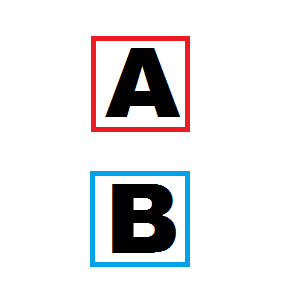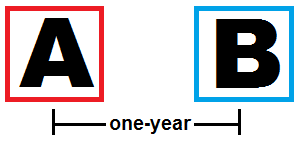Which patent should you file? Patents in plain english…
Do you know why you might want to file a provisional patent instead of a non-provisional patent? Each has its advantages and disadvantages. And today you’re going to learn which one is best for your needs.
First, a little history behind the creation of the two-patent system we enjoy today.
Up until 1995, there was only one way to file a patent. You filled out the application in its entirety (hoping your invention was absolutely perfect) and then wait months or years to see if the patent office would accept your idea as useful, novel or non-obvious enough to be awarded a patent.
That all changed on June 8, 1995.
On that date the United States Patent and Trademark Office (USPTO) introduced the provisional patent, a revolutionary concept that allowed inventors to acquire patent-pending status faster…with less up-front patent attorney costs…and allowed the inventor a full year to tinker and perfect their invention before submitting it for final approval.
Before that the only way you could file was using a non-provisional patent. Here’s how that worked.

Imagine a patent containing two parts, an A and a B. The A part is the specifications (or how your invention works). And the B part is the claims (or what your invention does).
With the non-provisional patent you have to submit the A and the B part together at the same time. And that’s that.
With the introduction of the provisional patent, the USPTO allowed inventors to submit the A part first…and then allowed them a full year to submit the B part.

This new way of submitting patents gives inventors a few advantages. For example:
Quicker Filing: Since you are only submitting Part A, there is less paperwork for the patent attorney and it the application is completed sooner. This means you can file in 4-6 weeks (instead of the usual 6-8 weeks for non-provisional patents).
Lower Up-Front Fees: Because the application is broken up into two parts (Part A filed now, Part B filed a year from now), you can break the fees up into a percentage now…and the rest at the end of the year when you file Part B.
(WARNING: some unscrupulous law firms will file Part A of a provisional patent for a very low fee WITHOUT telling you about Part B. Then, they will call you a few months before your one-year deadline and say you will lose your patent rights if you do not file Part B…usually for an outrageous sum of money. BEWARE!)
Flexibility: You have one full year to make minor improvements to your design when you apply for a provisional patent. Unlike the non-provisional patent, where everything you write is set in stone.
You can still file a non-provisional patent today. But I believe the provisional patent imay be the ideal way for mom-and-pop inventors to go in certain situations.
If you would like more information on the patent process, please contact any of our South Florida offices at 1-866-Idea-Attorneys (1-866-433-2288).